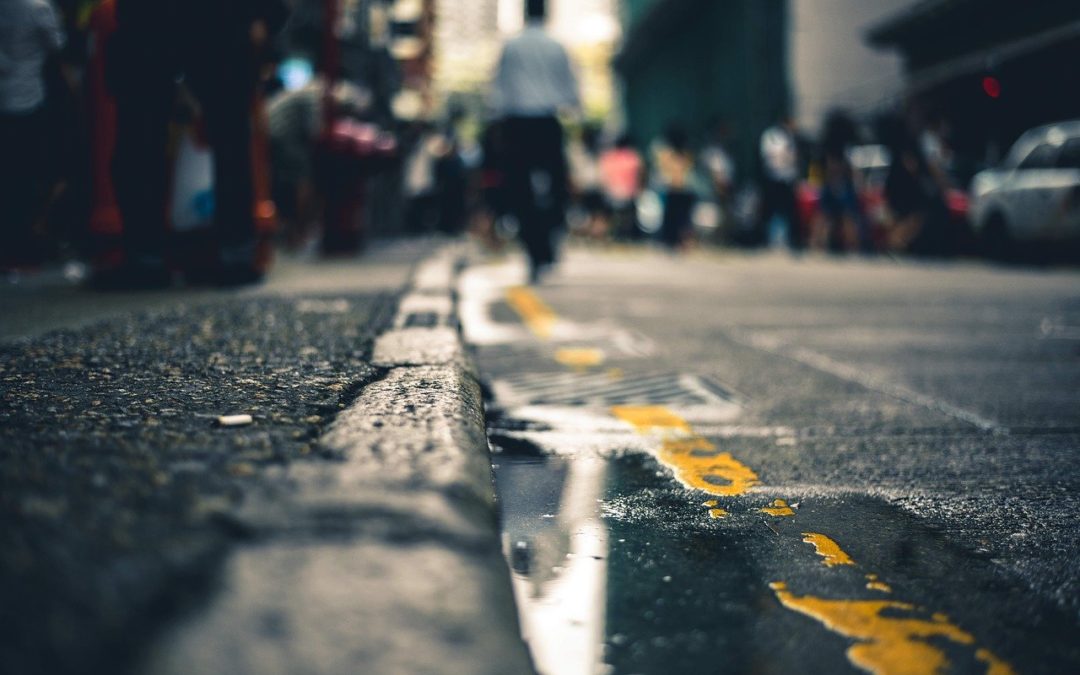We’ve had a few questions recently about funding sidewalk projects. Sidewalks are expensive, so it’s hard to rely on stretched general fund tax revenues to fund sidewalks on a pay-as-you-go basis. Here are some alternative ways to raise money for your sidewalk projects:
General obligation bonds
With general obligation bonds, you ask your voters to approve the locality’s borrowing money for sidewalk projects, and you repay the bonds from general fund taxes. Any necessary tax increase therefore is linked to the voters’ approval, so the increase may be more broadly accepted by the community.
You can also use “two-thirds” general obligation bonds to pay for sidewalk projects. If you’re not familiar with two-thirds bonds – which do not require voter approval — see our blog post here. Not everyone has a useful amount of capacity to use two-thirds bonds, but for some localities this can be a useful tool.
(It’s not too late to put together a bond referendum for this November. If you’re interested, you need to start the formal process by sometime in June to make it easy on yourself. Call or email us if that’s something you’d like to discuss.)
Installment financings under Section 160A-20
Installment financing is now the most widely used financing tool among North Carolina local governments. This tool can be used to raise funds for sidewalk construction.
If you have a building project and also want money for sidewalk construction, most lenders will let you include money for both the building and the sidewalks in the same loan. You need to do them both at the same time, because under our installment financing law you can only offer as security property that you’re acquiring or improving through the financing. How much can you get for the sidewalks? That will depend on many factors, but you can usually get up to half the loan proceeds for the sidewalk projects.
We also have seen banks lend money through an installment financing only against the collateral of the sidewalks themselves. You’re thinking that sidewalks make lousy collateral – you’re right, and the bankers agree with you. In these cases, the banks that are simply willing to look past the collateral values and focus strictly on the locality’s willingness and ability to pay. It’s worth asking around for this kind of financing if you’re interested.
Municipal service district taxes
Municipalities can by ordinance establish “service districts” in areas needing higher levels of particular services than does the municipality in general. Sidewalk improvements are among the services that can be provided within a service district, and the municipality can levy special property taxes within the district to generate funds for those projects.
Special assessments
With a special assessment, the government constructs the sidewalk and then charges the benefitted property owners for the cost of the improvements. It’s charged just like taxes, but the assessment is usually based on the number of feet of sidewalk in front of the property (as opposed to a tax based on the overall value of the benefitted property). Levying and collecting assessments is a relatively straightforward process, and it is not limited to sidewalks that are in commercial districts.
To levy an assessment for sidewalks, the government needs the consent (by petition) of at least half the property owners representing at least half of the linear feet to be constructed. With sufficient consent from others, a property owner cannot opt-out of the project or the assessments. The petition can specify the amount of project costs to be assessed, up to 100%.
Special assessments can be combined with a variety of other tools. For example, you might use an installment financing to raise the money for the project, but then use special assessments to generate some or all of the funds to repay the loan.
Creating a local revolving fund
Once you’ve funded one sidewalk project and used special assessments or district taxes to pay for some or all of it, you can then use the taxes and assessments you receive to create a local revolving fund for sidewalk projects. Of course, you can’t spend the same dollar twice, so this amounts to the government’s paying for the first project out of general funds and then using the subsequent collections for additional projects.
Land use regulation
We don’t really write about land use on our blog, but there are plenty of localities that have sidewalk requirements in their development ordinances, and which do not routinely waive them on a developer’s complaint. If your community wants sidewalks, this is a great way to get them in new development without the locality providing the funding.
Public-private partnerships
Developers are never afraid to ask when they want help from the locality for a new development, whether it’s downtown or otherwise. Your locality in turn should not be afraid to have your list of things you want the developer to do, and sidewalks can certainly be on that list.
**********************************************
This is simply an overview of some of the available tools. There are a variety of ways to make these tools work together, also. Please see our disclaimer, click here to learn more about our local government finance practice, and give us a call or send us an email if you want to talk about financing sidewalks in your community.

